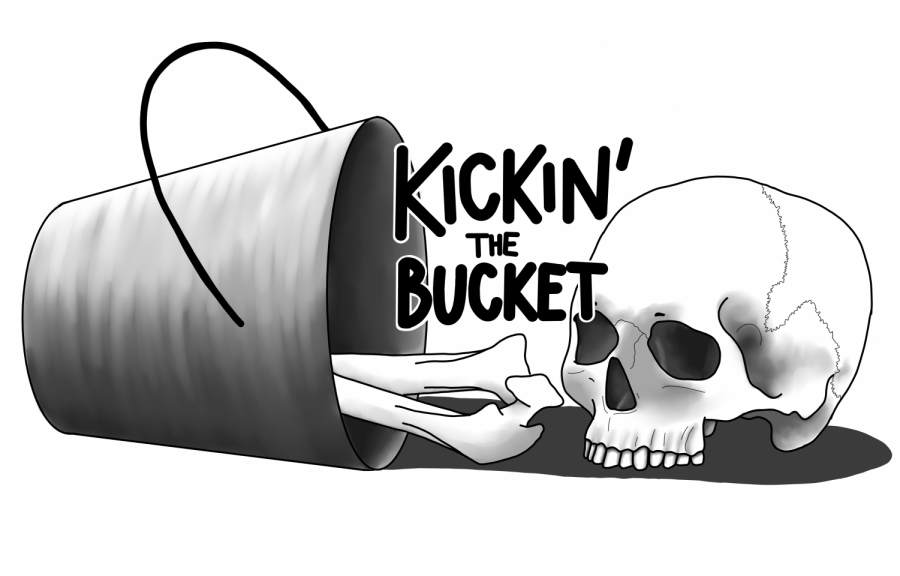Kickin’ The Bucket | Skip the garlic, eat your sister’s heart
Kickin’ The Bucket is a bi-weekly blog about death, dead things and the people who work with them.
September 30, 2021
Just a theoretical question to start us off today — would you eat your sister’s heart? Even if it was cooked?
In Exeter, Rhode Island, George Brown’s family became seriously ill in 1883. First his wife died, then his first daughter, then his second. His son Edwin soon fell ill as well.
Although Edwin’s doctor diagnosed him with tuberculosis, the townspeople believed the dead — specifically Edwin’s sisters and mother — were sucking the life and energy from Edwin, making him sick. Remember, this is also a time when tuberculosis was so rampant that you could throw a rock and probably hit someone with tuberculosis.
Gravediggers exhumed George Brown’s wife and first daughter in 1892 and noticed that their bodies were properly decomposed, which makes sense for two people who died nine years prior. But when gravediggers exhumed Mercy Brown, George’s second daughter, they were shocked at her appearance.
The townspeople reported that she was well preserved, that her nails and hair had grown and that she bled when poked with a shovel. So obviously, she was a vampire. And obviously, the only way to solve this problem was to cut her heart out, burn it and feed it to Edwin. He died two months later.
Mercy’s decomposition was not abnormal. Buried during the winter, Mercy’s rate of decomposition slowed due to low temperatures, explaining her preservation. Her hair and nails appeared to grow because after death, dehydration causes cells to shrink and skin to retract, creating the illusion of growth.
Other vampiric or spooky occurrences like this one have been debunked by scientists. Bacterial gas buildup causes bloating after death which can cause blood to fill the lungs, esophagus and mouth, making villagers believe a corpse was feasting on blood. Folklorist Paul Barber also said bloated bodies can appear as if they’ve recently eaten, and “screams” could be caused by the expulsion of the bacterial gases.
The coolest part about this whole story though? Newspaper clippings detailing Mercy Brown’s vampirism reached Bram Stoker, who was touring in the United States at the time. Many argue that Mercy’s stories inspired the famous “Dracula.”
Archaeologists exhumed graves and found that vampire repelling tactics were prevalent in other areas as well. Some towns, such as in Maine and Massachusetts, simply flipped corpses facedown and called it a day. Other places such as Connecticut, Vermont and dear old Rhode Island would burn the heart and inhale its fumes. In Poland, skeletons were found with sickles around their necks — which would decapitate the vampire if they were to rise — or rocks in their mouths.
Anthropologists are also still trying to uncover the cause of vampire burials. Some archeologists argue that vampire burials were given to individuals who died from deadly diseases. Tactics such as placing stones in the victim’s mouth were thought to prevent them from rising again and infecting the living.
At a gravesite in Kałdus, Poland, researchers found that there was no correlation between “anti-vampire practices” and evidence of disease — which was a common theory. Instead, the researchers believe “anti-vampire practices” were done on those “who died suddenly without Christian sacraments, like unbaptized children, people who committed suicide, babies born with teeth, or newly postpartum mothers.”
Going back to my original question though — Natalie, if you’re reading this, I love you very much and you’re a great sister, but I would rather die of tuberculosis than eat your heart. It’s not you — I bet your heart is great, but I just can’t get past the idea of eating a heart. Sorry.



